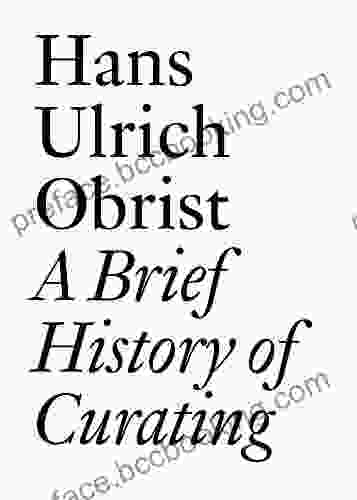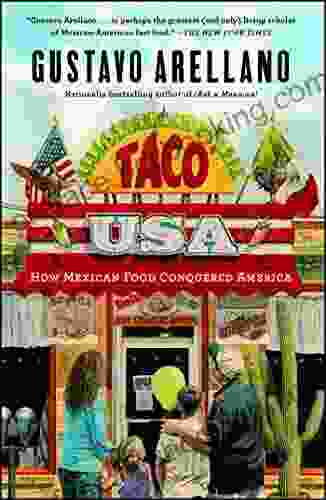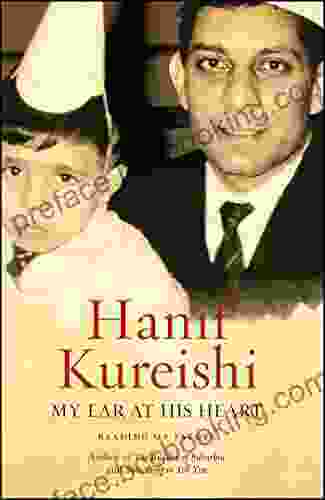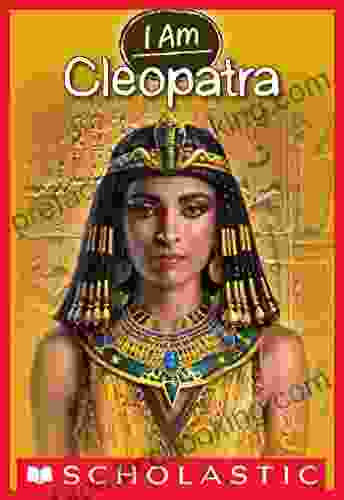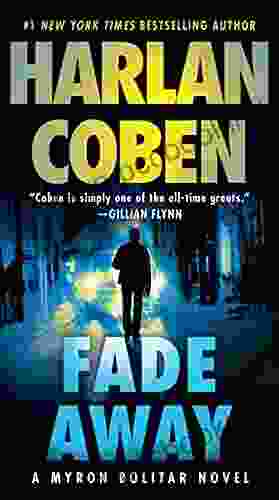A Comprehensive Guide to the History of Curating: Unveiling the Hidden Stories Behind Museum Collections

Museums, with their vast collections of artifacts, artworks, and specimens, are treasure troves of human history and creativity. Behind the scenes, curators play a crucial role in shaping the narratives and experiences that these collections offer to the public. From the earliest collectors to the innovative curators of today, the history of curating is a fascinating tale of passion, scholarship, and the ever-evolving relationship between museums and society.
4.5 out of 5
| Language | : | English |
| File size | : | 960 KB |
| Text-to-Speech | : | Enabled |
| Enhanced typesetting | : | Enabled |
| Print length | : | 200 pages |
| Screen Reader | : | Supported |
The Origins of Curating
The roots of curating can be traced back to the Renaissance, when wealthy individuals began to amass private collections of art and artifacts. These collections were often displayed in cabinets of curiosities, which showcased a wide range of objects, from natural specimens to exotic souvenirs. In the 17th century, the first public museums were established, and curators were appointed to manage and interpret their collections.
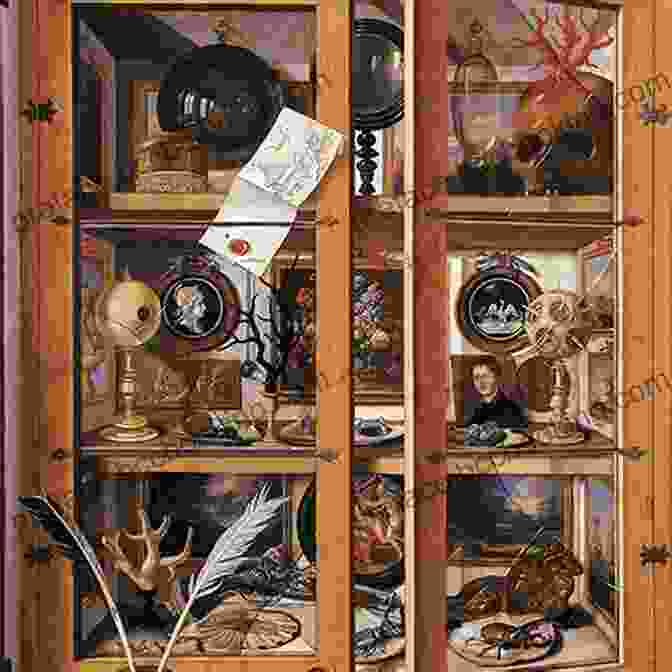
The 18th and 19th Centuries: The Rise of the Museum
The 18th and 19th centuries saw a dramatic expansion in the number of museums and the professionalization of the field of curating. During this time, museums began to adopt a more systematic approach to collecting and displaying objects, and curators played a key role in developing exhibitions and educational programs.
One of the most influential figures in the history of curating was George Brown Goode, the first curator of the Smithsonian Institution. Goode believed that museums should not only preserve and display objects but also serve as centers of research and education. He developed innovative exhibition techniques and educational programs that made the Smithsonian a model for museums around the world.
The 20th Century: Modern Curating
The 20th century witnessed a number of major changes in the field of curating. The rise of modern art and the increasing diversity of museum collections challenged traditional notions of what constituted a museum object. Curators began to experiment with new exhibition techniques and to develop more interpretive approaches to their work.
One of the most significant developments in the history of curating was the emergence of the "blockbuster" exhibition. These large-scale exhibitions, which often featured blockbuster artifacts like King Tut's tomb or the Dead Sea Scrolls, attracted huge crowds and helped to make museums more popular than ever before.
The 21st Century: Curating in the Digital Age
The 21st century has seen the continued growth and evolution of the field of curating. The rise of digital technology has had a major impact on the way that museums collect, preserve, and display their collections. Curators are now using digital tools to create new and innovative exhibitions, to make their collections more accessible to the public, and to conduct research and scholarship.
One of the most exciting developments in the field of curating is the increasing emphasis on diversity and inclusion. Curators are working to ensure that museum collections and exhibitions reflect the diverse cultures and perspectives of the communities they serve.
The history of curating is a fascinating tale of passion, scholarship, and the ever-evolving relationship between museums and society. From the Renaissance collectors to the innovative curators of today, curators have played a vital role in shaping the narratives and experiences that museums offer to the public. As museums continue to evolve in the 21st century, curators will continue to play a crucial role in connecting people with the past, present, and future.
4.5 out of 5
| Language | : | English |
| File size | : | 960 KB |
| Text-to-Speech | : | Enabled |
| Enhanced typesetting | : | Enabled |
| Print length | : | 200 pages |
| Screen Reader | : | Supported |
Do you want to contribute by writing guest posts on this blog?
Please contact us and send us a resume of previous articles that you have written.
 Book
Book Novel
Novel Page
Page Chapter
Chapter Text
Text Story
Story Genre
Genre Reader
Reader Library
Library Paperback
Paperback E-book
E-book Magazine
Magazine Newspaper
Newspaper Paragraph
Paragraph Sentence
Sentence Bookmark
Bookmark Shelf
Shelf Glossary
Glossary Bibliography
Bibliography Foreword
Foreword Preface
Preface Synopsis
Synopsis Annotation
Annotation Footnote
Footnote Manuscript
Manuscript Scroll
Scroll Codex
Codex Tome
Tome Bestseller
Bestseller Classics
Classics Library card
Library card Narrative
Narrative Biography
Biography Autobiography
Autobiography Memoir
Memoir Reference
Reference Encyclopedia
Encyclopedia Tom Lalicki
Tom Lalicki Go Books
Go Books Guillermo E Barahona C
Guillermo E Barahona C Guy Gavriel Kay
Guy Gavriel Kay Patricia Aman
Patricia Aman Guy P Harrison
Guy P Harrison W D Wetherell
W D Wetherell Gordon Korman
Gordon Korman Grantly Dick Read
Grantly Dick Read Hadi Tahir
Hadi Tahir Gloria Mattioni
Gloria Mattioni Gregory Burke
Gregory Burke Ross Hamilton
Ross Hamilton Juliet Blaxland
Juliet Blaxland Mary Kay Ricks
Mary Kay Ricks Gulwali Passarlay
Gulwali Passarlay Hans Florine
Hans Florine Stan Tekiela
Stan Tekiela Gregory Hodges
Gregory Hodges Gloria Mcqueen Stockstill
Gloria Mcqueen Stockstill
Light bulbAdvertise smarter! Our strategic ad space ensures maximum exposure. Reserve your spot today!
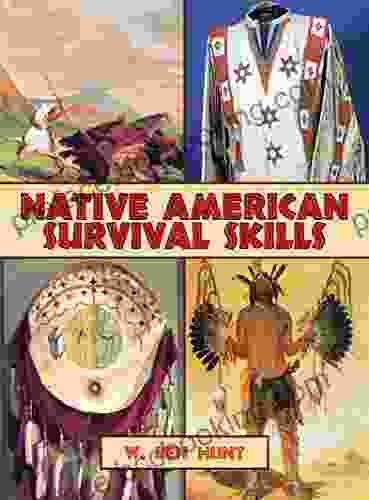
 Cody BlairUnlock the Secrets of Primitive Toolmaking and Craftsmanship: A Comprehensive...
Cody BlairUnlock the Secrets of Primitive Toolmaking and Craftsmanship: A Comprehensive...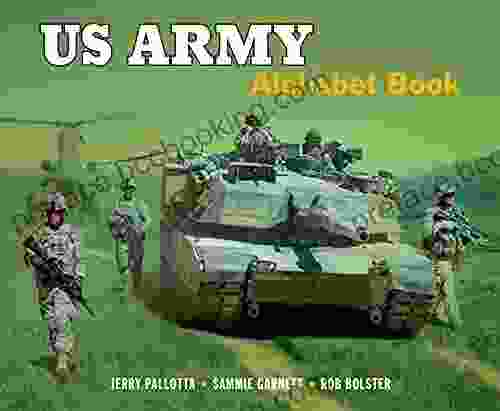
 Randy HayesUnveiling the US Army Alphabet: A Literary Journey to the Heart of Military...
Randy HayesUnveiling the US Army Alphabet: A Literary Journey to the Heart of Military... Elton HayesFollow ·4.7k
Elton HayesFollow ·4.7k Chase SimmonsFollow ·11.9k
Chase SimmonsFollow ·11.9k Liam WardFollow ·7.5k
Liam WardFollow ·7.5k Dale MitchellFollow ·5.3k
Dale MitchellFollow ·5.3k Mark TwainFollow ·4.3k
Mark TwainFollow ·4.3k Robbie CarterFollow ·10.4k
Robbie CarterFollow ·10.4k VoltaireFollow ·19.3k
VoltaireFollow ·19.3k Ted SimmonsFollow ·7.8k
Ted SimmonsFollow ·7.8k

 Brady Mitchell
Brady MitchellMaster IELTS Speaking: The Ultimate Guide to Success
Kickstart Your IELTS...
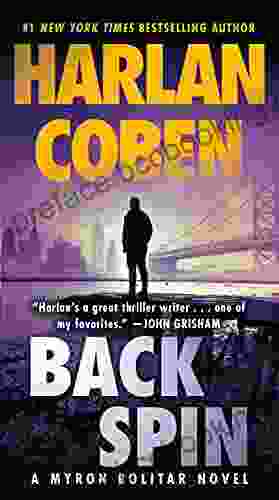
 Branden Simmons
Branden SimmonsBack Spin: A Thrilling Myron Bolitar Novel
Get ready to embark on a...

 Marc Foster
Marc FosterData Structures and Algorithms: A Comprehensive Guide to...
In the ever-evolving...

 Jeff Foster
Jeff FosterUnveiling the Basics of Microbiology: A Comprehensive...
The world of...
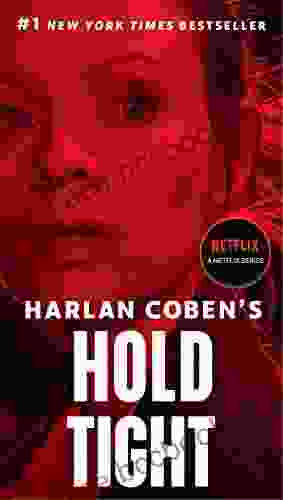
 J.D. Salinger
J.D. SalingerHold Tight Suspense Thriller: A Gripping Page-Turner That...
Are you ready for a suspense thriller that...
4.5 out of 5
| Language | : | English |
| File size | : | 960 KB |
| Text-to-Speech | : | Enabled |
| Enhanced typesetting | : | Enabled |
| Print length | : | 200 pages |
| Screen Reader | : | Supported |


